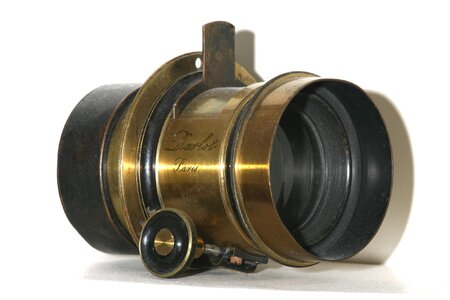Pro Member
- Joined
- Jul 6, 2022
- Posts
- 287
- Solutions
- 2
- Likes Received
- 324
- Name
- Mike
- Country
- United States
- City/State
- Rhode Island, US
- CC Welcome
- Yes
Hello all.
Last weekend I became a proud owner of a Canon EOS R6, and at this point have a few questions regarding the In-Body Image Stabilizer (IBIS).
Studying the advanced manual I came across the following note on Page 239.
This line really surprised me, because if I'm understanding it correctly, then IBIS is OFF by default in the R6. Is that right? Even if the "IS (Image Stabilizer) mode" itself is ON in the settings, unless you also enable the "Release shutter w/o lens", which is Disabled by default, IBIS will not be functioning... This seems like an important point that I would expect to see a lot of discussion on, but a cursory google search did not yield any results.
Please confirm my findings, because this seems so strange to me that I'm doubting my understanding of the settings.
If the above is correct, I would also like to know if there are any drawbacks to using IBIS. If Canon chose to disable it by default, is there an image quality or resolution sacrifice for enabling IBIS?
And lastly, in general, what is the mechanism of action of IBIS? Is it a floating/controlled sensor, digital IS, or something else?
I apologize if this has been already discussed somewhere; I couldn't find it. Thanks!
Last weekend I became a proud owner of a Canon EOS R6, and at this point have a few questions regarding the In-Body Image Stabilizer (IBIS).
Studying the advanced manual I came across the following note on Page 239.
Set [Release shutter w/o lens] to [Enable]. [Disable] prevents image stabilization.
This line really surprised me, because if I'm understanding it correctly, then IBIS is OFF by default in the R6. Is that right? Even if the "IS (Image Stabilizer) mode" itself is ON in the settings, unless you also enable the "Release shutter w/o lens", which is Disabled by default, IBIS will not be functioning... This seems like an important point that I would expect to see a lot of discussion on, but a cursory google search did not yield any results.
Please confirm my findings, because this seems so strange to me that I'm doubting my understanding of the settings.
If the above is correct, I would also like to know if there are any drawbacks to using IBIS. If Canon chose to disable it by default, is there an image quality or resolution sacrifice for enabling IBIS?
And lastly, in general, what is the mechanism of action of IBIS? Is it a floating/controlled sensor, digital IS, or something else?
I apologize if this has been already discussed somewhere; I couldn't find it. Thanks!



